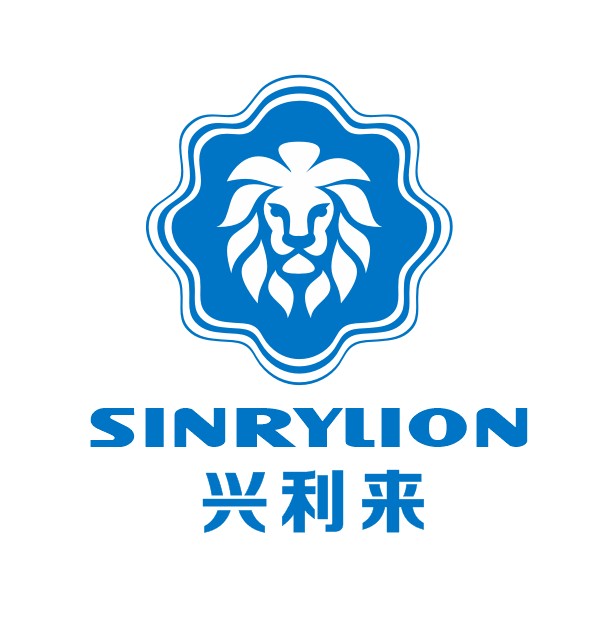Twisting of Polyester Twisted Yarn
2024-09-27
Sinrylion is a polyester twisted yarn manufacturer, focusing on the production of a variety of high-quality polyester yarns. The company was founded in 1983 and has become a leading company in the industry after 40 years of development. Sinrylion has more than 400 different sets of machinery and equipment, including POY spinning equipment, texturing machines, stretching machines, twisting machines, warping machines, etc., which ensures the diversity and high quality of its products.
Sinrylion produces a wide variety of polyester twisted yarns, including label yarn, polyester twisted yarn, nylon twisted yarn, recycled yarn, diamond yarn, monofilament yarn, blended yarn, fancy yarn, special fiber, etc. These yarns can be used for a variety of purposes such as labels, weaving, knitting and ribbons. The company produces more than 2,000 tons of high-grade polyester yarn and more than 8,000 tons of ordinary yarn annually. The more than 1,000 kinds of brightly colored polyester yarns produced have passed the ISO9001 quality system, Oeko-tex Standard 100 ecological textile certification and global recycling standard certification, providing customers with stable color yarns of various specifications.
Sinrylion's polyester twisted yarn production process follows strict quality control standards to ensure that each batch of products can meet customer needs. From the selection of raw materials to the production of the final product, each link is carefully designed and controlled to ensure that the physical properties of the yarn, such as strength, elasticity, flexibility, gloss and feel, are in the best state.
The twisting process of polyester twisted yarn is a key technology that directly affects the performance of the yarn and the quality of the final product. The following is a detailed description of the twisting process of polyester twisted yarn:
Purpose of twisting: Twisting is a necessary means to transform fiber strips into yarns through physical deformation. It causes the outer layer of the fiber to squeeze the inner layer to produce centripetal pressure, so that the whiskers obtain friction along the length of the fiber, giving the yarn certain properties such as strength, elasticity, flexibility, gloss and feel.
Preparation before twisting: Before twisting, it is usually necessary to condense the loose fibers into fiber strips, a step called spinning. During the spinning process, the fiber strips will undergo a series of mechanical processes such as combing, drafting and merging to form continuous and uniform fiber strips.
Twisting process: After spinning, polyester filaments usually need to be stretched and twisted to improve their physical properties. Twisting can be performed on different types of twisting machines such as ring spindles, friction, and airflow. During the twisting process, the fiber strips are wound around one or more rotating spindles to produce twist. Twist is the number of twists per unit length of the yarn, which is an important indicator of the degree of twisting of the yarn.
Twisting technology: The twisting of polyester filaments usually adopts a combination of hot stretching and twisting. During the hot stretching process, the fiber strips are heated to above their glass transition temperature and then stretched under the action of tensile force, so that the molecular chains obtain a certain degree of orientation and crystallinity, thereby improving the strength and elasticity of the yarn.
Setting after twisting: The twisted yarn needs to be heat-set to stabilize its structure. During the heat setting process, the yarn is heated to a certain temperature and maintained for a period of time to eliminate internal stress and ensure the stability of the yarn performance.
Effect of twisting: Twisting has a significant effect on the tensile mechanical properties of the yarn. Experiments show that the breaking strength of polyester single yarn increases first and then decreases with the increase of twist, and the breaking elongation is positively correlated with the twist.
Selection of twisting machine: Polyester twisted yarn can use different types of twisting machines, such as RF310G chemical fiber double twisting machine, which has the characteristics of compact structure, stable operation, precise transmission, convenient operation, etc. It can achieve two twists in one turn, and the efficiency is doubled compared with traditional twisting machines.
Control of twisting parameters: During the twisting process, parameters such as twist, twist direction, tension and temperature need to be accurately controlled to ensure the quality of the yarn. For example, the twist of the warp is 800 twists/m, the twist of the weft is 500 twists/m, and the twist direction is adjusted to Z twist through the motor steering switch of the electrical control box.
 English
English 한국어
한국어 বাংলা ভাষার
বাংলা ভাষার हिन्दी
हिन्दी Türkçe
Türkçe русский
русский




